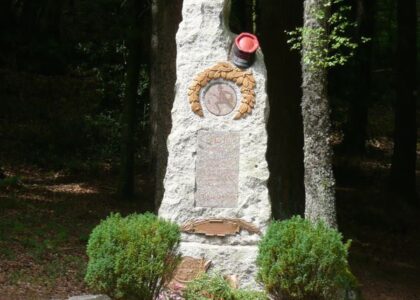Welcome to the Douglas Tomb State Historic Site, a place where history echoes through time. This site is not just a final resting place, but a monument to a significant figure in American politics, Stephen A. Douglas. Known as the ‘Little Giant’ for his short stature yet towering influence, Douglas was a key political figure in mid-19th century America. Born in Vermont in 1813, Douglas made his mark in Illinois as a lawyer and politician, eventually serving as a U.S. Senator. He is perhaps best remembered for his famous debates with Abraham Lincoln, which centered around the pressing issue of slavery. Douglas was a proponent of ‘popular sovereignty,’ the belief that states should decide for themselves whether to permit slavery.
After his untimely death from typhoid fever in 1861, the community sought to honor him appropriately. The tomb, a 96-foot granite structure, stands as a testament to his impact. Designed by Leonard Volk, the monument was completed in 1881 after numerous setbacks, including the loss of original plans in the Great Chicago Fire of 1871. The tomb features a 10-foot statue of Douglas atop a column and is adorned with allegorical bronze figures representing Illinois, History, Justice, and Eloquence.
The site is more than just a memorial; it is part of the broader history of the Civil War era. Located near the former Camp Douglas, it is a reminder of the site’s dual role as a Union training ground and a prisoner of war camp. Today, it serves as a state historic site, providing visitors with a glimpse into a turbulent period in American history.
As you walk through this historic location, imagine the debates and decisions that shaped a nation, all influenced by the man memorialized here.




